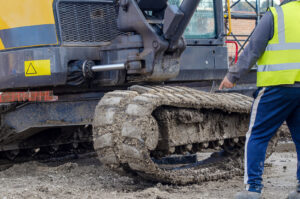What happens when a motion to lie on the table is moved on an amendment
This is a tricky issue and thankfully does not occur often.
When it does though, it can be confusing.
The best way to understand it is to follow the logic. The purpose of the procedural motion – to lie on the table, is to delay discussion for a number of reasons. It could be to gather more information, or it could be to avoid making a decision then, or for ever.
Now if you think it through, if the motion is moved on an amendment to a main motion it is illogical for the amendment to be delayed, but not the main motion. And so, if the procedural motion is moved on an amendment, and the procedural motion is carried, then discussion on the whole question – the amendment and the main motion ceases until such time as it is raised from the table at a later meeting, or perhaps even at the same meeting when there is more information available.
When the matter is raised from the table, technically the discussion picks up where it left off – so that would be on the amendment. More often though, in practice, the whole debate begins again.
Please Note: The author accepts no responsibility for anything which occurs directly or indirectly as a result of using any of the suggestions or procedures detailed in this blog. All suggestions and procedures are provided in good faith as general guidelines only and should be used in conjunction with relevant legislation, constitutions, rules, laws, by-laws, and with reasonable judgement.




